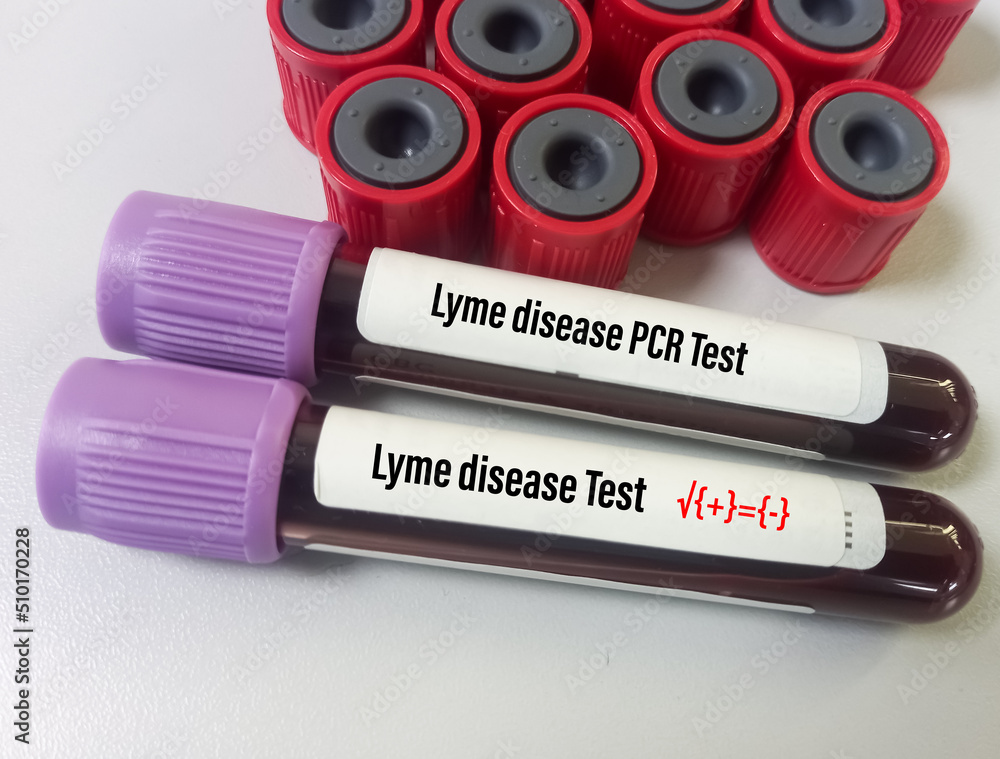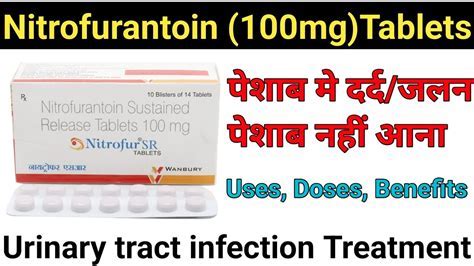Lyme disease, caused by the bacterium Borrelia burgdorferi, is a tick-borne illness that can lead to a range of health issues, from mild to severe, if not diagnosed and treated promptly. One of the critical tools in the diagnosis of Lyme disease is the blood test, which helps identify the presence of antibodies against the bacteria in the patient’s blood. Understanding the role, types, and interpretations of Lyme disease blood tests is essential for both healthcare providers and individuals at risk of or suspected to have the infection.
Introduction to Lyme Disease
Before diving into the specifics of blood tests, it’s crucial to understand the basics of Lyme disease. Lyme disease is characterized by its early stage, which often presents with a distinctive “bull’s-eye” rash called erythema migrans, along with symptoms such as fever, headache, and fatigue. If left untreated, the disease can progress to later stages, affecting the joints, nervous system, and heart. The primary method of transmission is through the bite of an infected black-legged tick (Ixodes scapularis).
The Need for Accurate Diagnosis
Accurate diagnosis is vital for the effective management of Lyme disease. In its early stages, the disease can be successfully treated with antibiotics, significantly improving outcomes. However, diagnosis based solely on symptoms can be challenging due to the non-specific nature of the early signs and the variability in the presentation among individuals. This is where blood tests come into play, offering a more precise method to confirm the presence of the infection.
Types of Blood Tests for Lyme Disease
There are two main types of blood tests used to diagnose Lyme disease:
Enzyme-linked immunosorbent assay (ELISA): This is the most common initial test for Lyme disease. It detects the presence of antibodies against Borrelia burgdorferi in the blood. However, the ELISA test can sometimes yield false-positive results, meaning it might indicate the presence of Lyme disease in individuals who do not actually have the infection.
Western blot test: This test is typically used to confirm the diagnosis if the ELISA test is positive. The Western blot test can identify specific antibodies against several proteins of Borrelia burgdorferi, providing a more detailed and accurate diagnosis.
Understanding Test Results
Interpreting the results of Lyme disease blood tests requires careful consideration:
Positive Test Result: Indicates the presence of antibodies against Lyme disease, suggesting current or past infection. However, it does not necessarily mean the individual is currently infected, as antibodies can remain in the blood for months after the infection has been cleared.
Negative Test Result: Generally indicates that the individual does not have Lyme disease. However, if the test is conducted too early in the course of the disease (before antibodies have developed), it may yield a false-negative result.
Indeterminate Result: May require additional testing or clinical evaluation to determine the presence of the disease.
Challenges in Diagnosis
Despite the availability of blood tests, diagnosing Lyme disease can be complex. Factors such as the timing of the test (antibodies may not be detectable early in the infection), the presence of co-infections (other tick-borne illnesses), and the variability in individual immune responses can affect test accuracy. Clinical judgment, taking into account both test results and symptoms, plays a critical role in making an accurate diagnosis.
Preventive Measures
While blood tests are crucial for diagnosis, preventing tick bites remains the best defense against Lyme disease. This includes using insect repellents, wearing protective clothing, conducting regular tick checks after being outdoors, and creating a tick-free zone in yards.
Future of Lyme Disease Diagnosis
Research continues into improving diagnostic methods for Lyme disease, including the development of more sensitive and specific tests that can detect the disease at earlier stages. Additionally, there is a focus on better understanding the mechanisms of the disease to potentially develop more effective treatments.
Conclusion
Lyme disease blood tests are vital tools in the diagnosis and management of this tick-borne illness. Understanding the types of tests, their limitations, and how to interpret results is crucial for healthcare providers and individuals at risk. While challenges exist, ongoing research aims to improve diagnostic accuracy and treatment effectiveness, underscoring the importance of continued vigilance and preventive measures against this disease.
What are the primary methods of diagnosing Lyme disease?
+The primary methods include clinical evaluation (considering symptoms and medical history), physical examination (looking for the distinctive rash), and blood tests (ELISA and Western blot) to detect antibodies against Borrelia burgdorferi.
Can Lyme disease be fully cured?
+Most cases of Lyme disease can be effectively treated with antibiotics, especially when diagnosed early. However, some individuals may experience lingering symptoms, known as Post-Treatment Lyme Disease Syndrome (PTLDS), the cause of which is not fully understood and can be challenging to manage.
How can I prevent getting Lyme disease?
+Prevention includes using tick repellents, wearing long sleeves and pants when outdoors, conducting regular tick checks, and creating tick-free zones in your yard by removing leaf litter and clearing weeds. Prompt removal of attached ticks can also prevent infection.
Advanced Diagnostic Techniques
As research into Lyme disease continues, there is a growing interest in developing more advanced diagnostic techniques. These include the use of polymerase chain reaction (PCR) to directly detect the genetic material of Borrelia burgdorferi and novel serological tests that aim to improve sensitivity and specificity. The future of Lyme disease diagnosis is likely to involve a combination of clinical assessment, advanced laboratory tests, and personalized medicine approaches to tailor treatment to the individual’s specific needs.
The Role of Healthcare Providers
Healthcare providers play a pivotal role in the diagnosis and treatment of Lyme disease. They must be vigilant in considering Lyme disease in the differential diagnosis of patients presenting with compatible symptoms, especially in endemic areas. Furthermore, they should stay updated with the latest guidelines on diagnostic testing and treatment options to provide the best possible care for their patients.
Community Awareness and Education
Community awareness and education are crucial in the prevention and management of Lyme disease. Public health campaigns can inform the public about the risks of Lyme disease, how to prevent tick bites, and the importance of early diagnosis and treatment. By working together, healthcare providers, public health officials, and the community can reduce the incidence of Lyme disease and improve outcomes for those affected.
Final Thoughts
Lyme disease is a complex and multifaceted illness that requires a comprehensive approach to diagnosis, treatment, and prevention. By understanding the role of blood tests, adopting preventive measures, and supporting ongoing research, we can work towards reducing the impact of this disease. As our understanding of Lyme disease evolves, so too will our strategies for combating it, ultimately leading to better health outcomes for individuals and communities worldwide.



